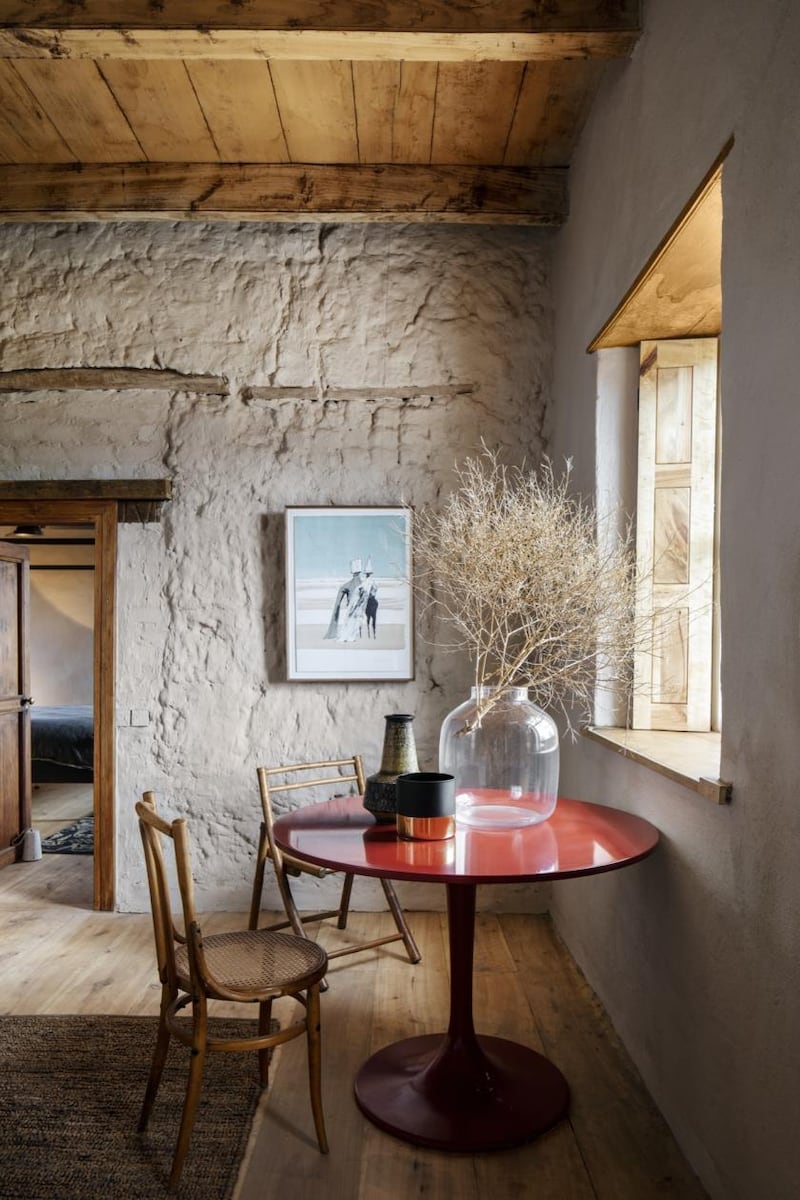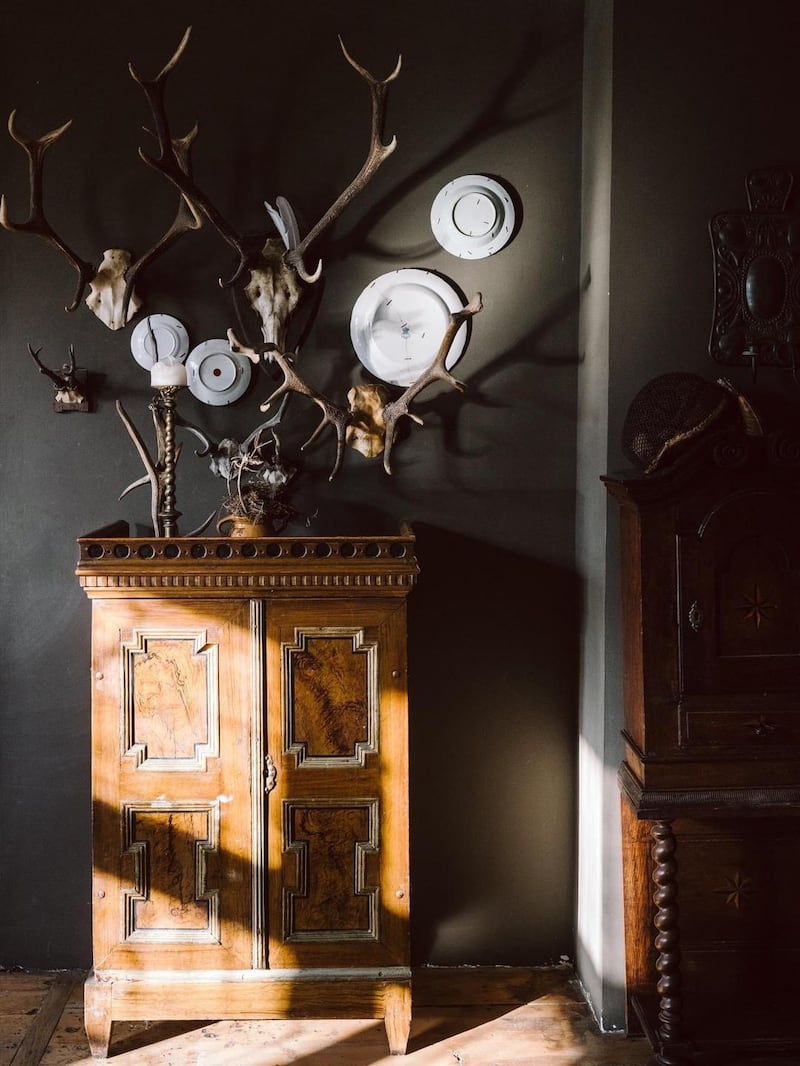Country life has never looked so good. To urbanites it’s offered a safe escape from the worst of Covid letdowns, more land to possibly grow your own veg, keep chickens and bees, but for many more it is simply a dream, a place to escape to online, as the popularity of the Romantic Irish Rescue Instagram account has shown.
Its dilapidated doer-uppers show the beautiful bones of many Irish homes, mainly in the country, because “homes in Dublin don’t have the same escapist feel”, explains its publisher, who prefers to remain anonymous.
The countryside is calling people back to mother earth not just in Ireland but all over the world, as hip Berlin-based publisher Gestalten demonstrates. Its title, Country and Cozy: Countryside Homes and Rural Retreats, shows off some super seductive pastoral homes. And the trend is leaning away from modernism and towards a mélange of rustic charm.

The uniting factor between the new builds and the rehabilitated manor homes contained in the glossy tabletop is the fact that they all have ribcage-like roof beams on show. This was not by design, says its author, Robert Klanten, who is also the publisher of the imprint, which has a strong interior design and architecture focus and made its name with its series of cabin culture titles.
“There is a yearning for this style of abode, for the sense of its broad brushstroke authenticity,” he explains. “It’s no longer about the rigour of nominalism. It’s very nostalgic and eclectic. It’s about mixing southern Europe sensibilities and those of the Americas, and their take on the country house.” It’s much more free and mixed, he says.
“These homes are about trying to preserve the old texture. People now want that connection to the past, something that they always try to do in Italy. Old crumbling walls are being left as is, instead of being repointed and replastered. The younger interior designers’ approach is to do a Cotswolds house to look like it hasn’t been touched since the 1950s.”
There is a lot to love about Irish country life too: the seasons writ large in the sky, sea and surrounding fields; the starry, starry nights of winter; and some very compelling homes in need of love and attention. The houses that generate the most traction on Romantic Irish Rescue belong to our colonial past rather than being vernacular Irish cottages.


Nearly two years into this Covid pandemic, while there has been much anecdotal talk of a flight of people from the cities to rural Ireland, hard figures are difficult to come by. But a significant drop in stock levels across the country, according to estate agents Sherry FitzGerald, demonstrates there is a rise in country home demand.
While most pronounced in Dublin’s commuter counties where stock is down 47 per cent in Wexford, 42 per cent in Wicklow and 45 per cent in Kildare, it is the counties running down Ireland’s spine that have seen a bigger-than-usual spike in interest.
Leitrim, once the cheapest place in Ireland to buy a home and whose coastline only extends to four kilometres, has seen its levels drop by 32 per cent, while in neighbouring Cavan there’s a drop in stock of 31 per cent. Monaghan levels are down by 35 per cent, while in Offaly stock levels are down 36 per cent and in Carlow the drop is 33 per cent.
But the flight to the country is not a Covid thing, Klanten says.
“It has been happening for a long time. It started in San Francisco with those who couldn’t afford to live in the city. A lot moved out to within a two-hour journey time of the metropolis and turned their homes into something nicer, probably a city person’s idea of what a country home should look like.”


Covid just fast-forwarded the trend, he says. The pressures of city living, the prices of real estate, the cost of rent, with many more employees working from home they started to think: “I could live anywhere, so why not somewhere nicer?”
Of his 35 colleagues in the Berlin office, he estimates about 20 per cent have moved outside the city. One of his colleagues has just bought a run-down sheep shed somewhere along the Baltic Sea.
“He loves working with his hands and loves hard work. He even brings in the apple juice from his orchard to the office.”
The book will appeal to architects, interior designers and dreamers, who have plans to do it sometime in the future, he says.
“Market analysis shows many of the buyers to be 25 to mid-30s. It feels a little more authentic than following something online. There’s a strong aspirational element, those who sometime in the future would very much like to get an old cottage or barn.”
As well as wood beams there are ideas aplenty with butcher’s blocks, curtains instead of cupboard doors on below-counter kitchen cabinets, weathered walls, inglenook fireplaces, wood-burning stoves, tongue-and-groove panelling and flagstone, timber or terracotta brick floors.
Country and Cozy: Countryside Homes and Rural Retreats by Robert Klanten, €49.95, is published by Gestalten













